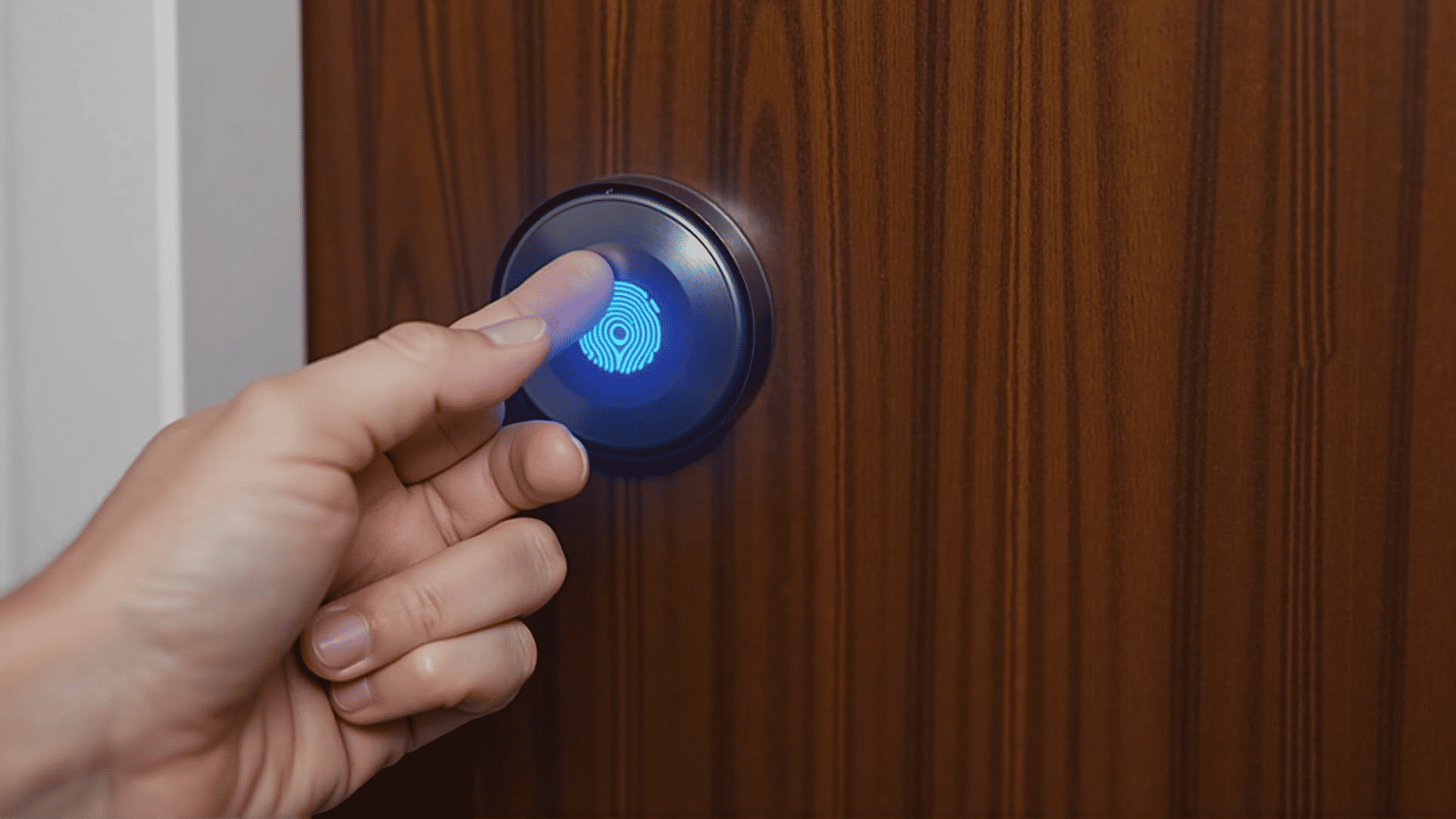In today's fast-paced world, convenience and security go hand in hand when it comes to home access solutions. Keyless entry systems have emerged as a popular choice for homeowners seeking both ease of use and enhanced security. The traditional practice of fumbling for keys is rapidly being replaced by innovative, technologically advanced systems that allow entry with the simple touch of a button, a swipe on a smartphone, or even a biometric scan.
The rise in popularity of keyless entry systems can be attributed to several factors. Firstly, they eliminate the need for physical keys, reducing the risk of lost or misplaced keys—a common hassle in our daily routines. Traditional keys can also be easily copied, posing a security risk, whereas keyless entry systems offer more controlled access. Many of these systems allow homeowners to monitor and manage entry through smartphone apps, providing peace of mind and real-time updates about who is entering and leaving the house.
One of the main features of keyless entry systems is the use of a secure code or PIN to gain access. For instance, digital keypad locks require users to input a code to unlock the door. This method is not only secure but also allows homeowners to set temporary codes for guests or service providers, which can be easily changed or removed. Additionally, some systems offer auditing capabilities, letting homeowners track who accessed their home and when.
Advanced keyless entry systems move beyond PIN codes and incorporate biometric authentication, such as fingerprint scanning or facial recognition. Biometric systems provide a high level of security by relying on unique physical characteristics, which are nearly impossible to replicate. As technology has advanced, the reliability and speed of biometric systems have greatly improved, making them a viable option for everyday home security.
Smart locks that can be controlled via smartphone apps are another popular keyless entry solution. These systems offer unparalleled convenience, allowing homeowners to unlock their doors remotely. Whether you're at work, on vacation, or simply somewhere else in the house, a tap on your phone can let in a family member or trusted friend. Integration with smart home systems takes this a step further, allowing locks to work in tandem with other devices, such as security cameras and alarms, creating an interconnected and responsive home security network.
The integration of voice-activated systems is also becoming more common, leveraging home assistants like Google Assistant, Amazon Alexa, or Apple's Siri to unlock doors through voice commands. This hands-free approach is particularly advantageous when carrying items, providing quick and effortless access.
Security, of course, remains a top concern. Reputable keyless entry systems employ robust encryption and authentication protocols to protect against hacking and unauthorized access. Homeowners should ensure that any keyless system installed is from a trusted brand and regularly updated to keep security measures current.
In conclusion, keyless entry systems represent a significant evolution in home security and convenience. They offer flexibility, enhanced security features, and integration with smart home technologies. As the market continues to innovate, keyless entry systems are poised to become the standard in home security, offering peace of mind and the ultimate in user-friendly home access solutions.
